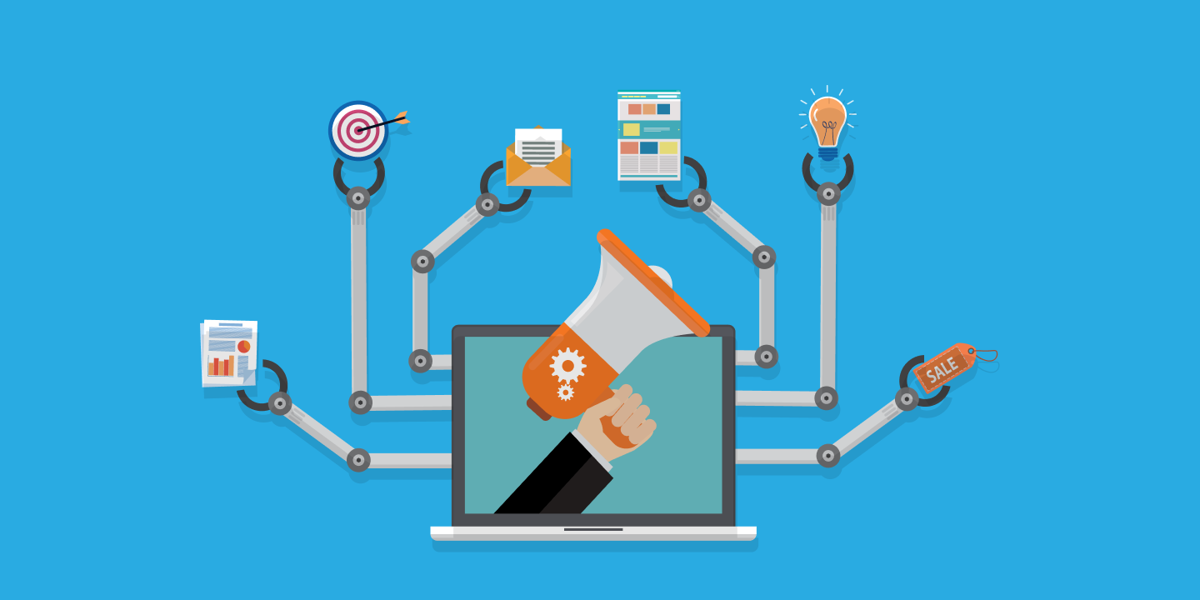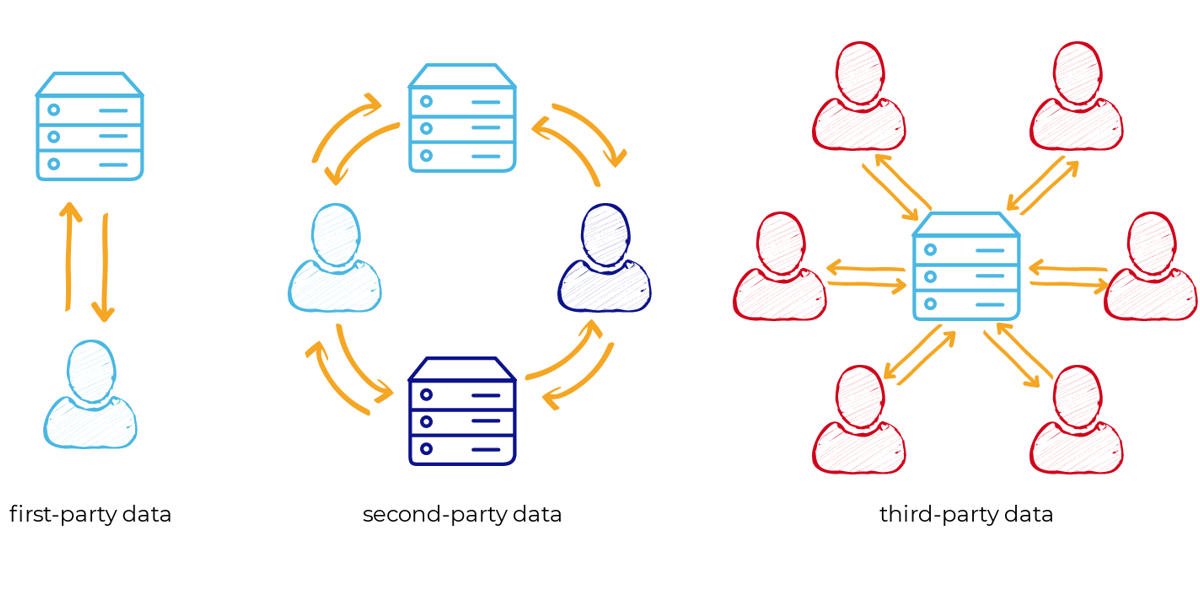The year 2023 has been nothing short of transformative for the world of marketing automation. As we find ourselves already halfway through the year, it's evident that the trends shaping the industry are showing no signs of slowing down. With each passing day, the power of marketing automation on Salesforce becomes more apparent, empowering businesses to streamline their strategies and stay ahead of the competition.
From the very beginning of the year, we witnessed the profound impact of marketing automation as it liberated marketers from time-consuming manual tasks, allowing them to focus on crafting compelling marketing strategies. As we approach the latter half of 2023, it is evident that five key trends have emerged, promising to redefine marketing automation and revolutionize the way businesses interact with their audiences.
Halfway Through 2023: Unveiling the Pervasive Marketing Automation Trends Shaping the Year 2023 and Beyond on Salesforce
The power of Salesforce Marketing Automation
You need to get to the future, ahead of your customers, and be ready to greet them when they arrive.
Marc Benioff, CEO Salesforce
1. Advancements in AI Integration:
The integration of Artificial Intelligence (AI) into marketing automation has been an ongoing process, but it's in 2023 that we witness AI's pervasive influence on every aspect of marketing. AI is no longer limited to just chatbots and automated email campaigns; instead, it has ventured into content creation, influencer marketing, and even PPC advertising. Businesses are harnessing the potential of AI-driven insights to predict campaign success and make data-driven decisions.
Customer behavior analysis and engagement tracking have reached new heights with AI, facilitating the delivery of hyper-personalized content at every stage of the buyer's journey. Far from being a tool to replace marketers, AI is empowering them to refine their strategies, manage resources efficiently, and engage customers like never before.

Trends in Marketing Automation 2023
2. Embracing First-party Data:
As we progress into the latter part of 2023, businesses are reevaluating their data collection methods, particularly with the phasing out of third-party cookies on Google Chrome. This has led to a pronounced shift towards first-party data, where direct information from customers proves invaluable for creating personalized customer experiences.
The use of first-party data not only saves costs but also yields substantial returns on investment. Brands that leverage first-party data for their key marketing functions have experienced remarkable upticks in revenue and cost savings. To ensure compliance with data privacy regulations like GDPR and CCPA, marketers are increasingly relying on marketing automation platforms equipped with robust security protocols and regulatory compliance features.

What is first party data?
3. Hyper-Personalization Takes Center Stage:
Generic marketing strategies are becoming a thing of the past as customers demand personalized experiences tailored to their preferences and needs. In 2023, hyper-personalization is emerging as a dominant trend, driven by real-time monitoring of user behavior and interactions. In fact, 98% of marketers agree that personalization helps to improve customer relationships.
From banner ads to search results, hyper-personalization is permeating every facet of marketing. Marketing automation tools equipped with AI-driven analysis are proving instrumental in delivering tailored communications that resonate with individual consumers. Building stronger customer relationships and boosting engagement has become the cornerstone of successful marketing campaigns.
4. Conversational Marketing with Chatbots:
As we venture further into 2023, businesses are recognizing the significance of conversational marketing as a powerful means of engaging customers. Conversational marketing emphasizes two-way communication, demonstrating genuine care for customers' needs.
Chatbots have emerged as pivotal players in this realm as Forbes points out, facilitating personalized conversations with customers around the clock. While they don't replace human employees entirely, chatbots efficiently initiate conversations, address common queries, and resolve simpler issues. Leveraging programmed bots, businesses can enhance customer engagement and drive seamless interactions.

Salesforce Einstein Bot
5. Mobile First Strategy
Mobile devices have solidified their position as the primary means of accessing content and engaging with brands. To meet the demands of mobile-savvy consumers, businesses are adopting a mobile-first approach to marketing automation.
Optimizing Salesforce apps and interfaces for mobile users has become crucial to providing a seamless user experience across all devices. As internet usage on mobile devices continues to surge, a mobile-first strategy is vital for businesses aiming to thrive in the dynamic marketing landscape.
As we traverse the second half of 2023 and beyond, these marketing automation trends on Salesforce are set to redefine the industry and empower businesses to forge deeper connections with their audiences. Embracing the power of AI, leveraging first-party data, delivering hyper-personalized experiences, engaging in conversational marketing, and adopting a mobile-first approach will undoubtedly shape marketing strategies in the years to come.